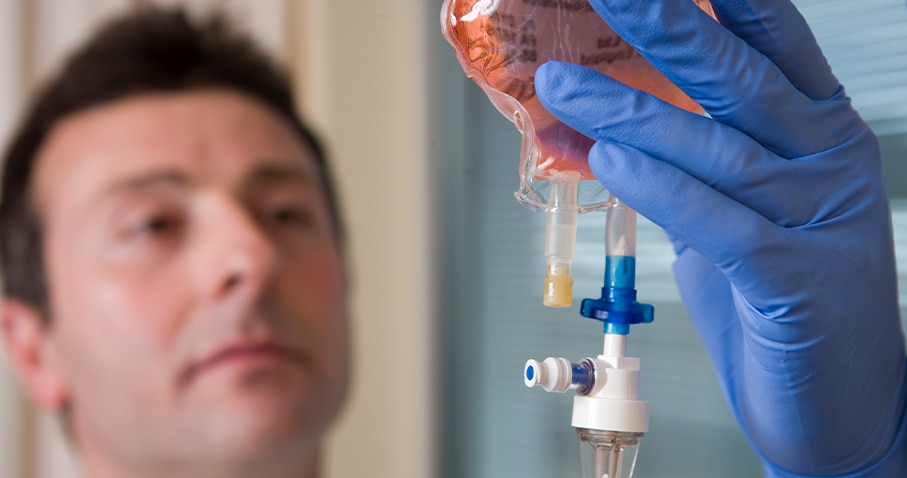
Support
Sales
1.844.8.BD.LIFE (1.844.823.5433)

Thank you for contacting our sales team!
A sales representive will get in touch with you shortly.
Ordering
1.800.555.7422
medical.services@bd.com
Customer Service
1.800.555.7422
medical.services@bd.com
Hazardous Drug Safety
Learn about the dangers of hazardous drug exposure―they are studied, documented and very real




